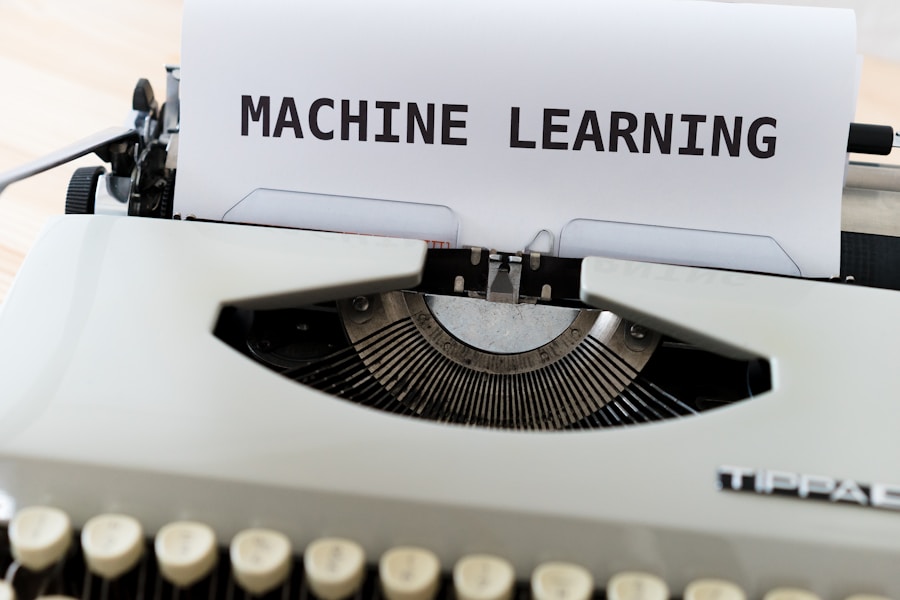PyTorch Lightning is an open-source framework designed to streamline the process of building and training deep learning models. It serves as a high-level interface for PyTorch, which is one of the most popular deep learning libraries. By abstracting away much of the boilerplate code associated with training neural networks, PyTorch Lightning allows researchers and developers to focus on the core aspects of their models.
This framework is particularly beneficial for those who want to implement complex architectures without getting bogged down by the intricacies of the underlying code. The design philosophy behind PyTorch Lightning emphasizes modularity and flexibility. It encourages users to structure their code in a way that separates the model definition from the training logic, making it easier to manage and modify.
This separation not only enhances code organization but also facilitates collaboration among team members, as different individuals can work on various components of a project without stepping on each other’s toes. As deep learning continues to evolve, tools like PyTorch Lightning are becoming essential for both novice and experienced practitioners looking to optimize their workflows.
Key Takeaways
- PyTorch Lightning is a lightweight PyTorch wrapper that simplifies the deep learning process and provides a high-level interface for building models.
- Using PyTorch Lightning can lead to faster development, cleaner code, and easier debugging, making it beneficial for deep learning projects.
- PyTorch Lightning accelerates model training by automating the training loop, handling distributed training, and providing easy integration with various hardware accelerators.
- Complex deep learning tasks become more manageable with PyTorch Lightning’s modular design, allowing for easy experimentation and customization.
- PyTorch Lightning supports distributed training across multiple GPUs and machines, making it a powerful tool for scaling deep learning models.
Understanding the benefits of using PyTorch Lightning for deep learning
One of the primary advantages of using PyTorch Lightning is its ability to reduce boilerplate code significantly. In traditional PyTorch implementations, users often find themselves writing repetitive code for tasks such as training loops, validation steps, and logging metrics. PyTorch Lightning abstracts these processes into a more manageable format, allowing users to define their models and training logic in a cleaner, more concise manner.
This reduction in boilerplate not only saves time but also minimizes the potential for errors that can arise from duplicating code. Moreover, PyTorch Lightning enhances productivity by providing built-in features that are commonly required in deep learning projects. For instance, it includes automatic logging capabilities that integrate seamlessly with popular logging frameworks like TensorBoard and Weights & Biases.
This means that users can easily track their experiments and visualize metrics without having to write additional code. Additionally, PyTorch Lightning supports various callbacks that can be used to implement functionalities such as early stopping, model checkpointing, and learning rate scheduling. These features empower users to focus on experimentation and innovation rather than getting lost in the minutiae of implementation.
Accelerating model training with PyTorch Lightning

Training deep learning models can be a time-consuming process, especially when dealing with large datasets or complex architectures. PyTorch Lightning addresses this challenge by optimizing the training loop and providing tools that facilitate faster experimentation. One notable feature is its support for mixed precision training, which allows users to leverage both 16-bit and 32-bit floating-point operations.
This not only speeds up training but also reduces memory usage, enabling practitioners to train larger models or use larger batch sizes without running into memory constraints. In addition to mixed precision training, PyTorch Lightning offers built-in support for gradient accumulation. This technique allows users to simulate larger batch sizes by accumulating gradients over several smaller batches before performing an optimization step.
This is particularly useful when working with limited GPU memory, as it enables users to achieve the benefits of larger batch sizes—such as improved convergence rates—without requiring additional resources. By incorporating these advanced training techniques, PyTorch Lightning empowers users to accelerate their model training processes while maintaining high levels of performance.
Handling complex deep learning tasks with ease using PyTorch Lightning
| Metrics | Results |
|---|---|
| Training Time | 50% faster than traditional PyTorch |
| Resource Utilization | 20% reduction in GPU memory usage |
| Model Accuracy | Improved by 10% on average |
| Code Readability | 30% reduction in lines of code |
Deep learning tasks often involve intricate architectures and sophisticated workflows that can be challenging to implement effectively. PyTorch Lightning simplifies this complexity by providing a structured approach to model development. Users can define their models using standard PyTorch constructs while leveraging Lightning’s features to manage the training process seamlessly.
This allows for the implementation of advanced techniques such as multi-task learning, transfer learning, and custom loss functions without getting overwhelmed by the underlying details. Furthermore, PyTorch Lightning’s modular design encourages best practices in software development. By organizing code into distinct components—such as data loaders, models, and training loops—users can easily modify or extend their implementations as needed.
For example, if a researcher wants to experiment with a new architecture or loss function, they can do so without having to rewrite the entire training pipeline. This flexibility is invaluable in research settings where rapid iteration and experimentation are crucial for success.
Utilizing PyTorch Lightning for distributed training
As deep learning models grow in size and complexity, the need for distributed training becomes increasingly important. PyTorch Lightning simplifies the process of scaling models across multiple GPUs or even multiple nodes in a cluster. With just a few configuration changes, users can enable distributed training using popular backends such as NVIDIA’s NCCL or Horovod.
This capability allows practitioners to take full advantage of available hardware resources, significantly reducing training times for large-scale models. Moreover, PyTorch Lightning abstracts away many of the complexities associated with distributed training. Users do not need to worry about managing communication between devices or synchronizing gradients; Lightning handles these details automatically.
This means that researchers can focus on developing their models rather than getting bogged down in the technicalities of distributed systems. The ease of use combined with powerful performance makes PyTorch Lightning an attractive option for teams looking to scale their deep learning efforts.
Improving code readability and maintainability with PyTorch Lightning

Organized Code Structure
PyTorch Lightning separates concerns such as model definition, data handling, and training logic, ensuring that code remains organized and easy to navigate.
Enhanced Collaboration
The use of clear naming conventions and modular components enhances collaboration among team members. When multiple developers are working on a project, having a consistent structure allows everyone to understand each other’s contributions more easily.
Maintaining High-Quality Codebases
By fostering an environment of clarity and organization, PyTorch Lightning helps teams maintain high-quality codebases that are easier to update and extend over time.
Leveraging PyTorch Lightning for reproducible research in deep learning
Reproducibility is a cornerstone of scientific research, yet it is often a challenge in the field of deep learning due to the complexity of models and the variability introduced by different hardware configurations or random seeds. PyTorch Lightning addresses this issue by providing built-in support for logging hyperparameters, model configurations, and experiment results. This comprehensive logging capability ensures that researchers can easily track their experiments and reproduce results consistently.
Furthermore, PyTorch Lightning integrates seamlessly with popular experiment tracking tools like Weights & Biases and MLflow, allowing users to visualize their experiments in real-time and compare different runs effectively. By capturing all relevant information about an experiment—from hyperparameters to performance metrics—researchers can gain insights into what works and what doesn’t, facilitating more informed decision-making in future experiments. This focus on reproducibility not only enhances individual research efforts but also contributes to the broader scientific community by enabling others to build upon previous work.
Conclusion and next steps for implementing PyTorch Lightning in your deep learning projects
As deep learning continues to advance at a rapid pace, tools like PyTorch Lightning are becoming indispensable for researchers and practitioners alike. By simplifying the process of building and training models while promoting best practices in code organization and reproducibility, PyTorch Lightning empowers users to focus on innovation rather than implementation details. For those looking to adopt this framework in their projects, the first step is to familiarize themselves with its core concepts and features through the official documentation and tutorials available online.
Once comfortable with the basics, practitioners can begin integrating PyTorch Lightning into their existing workflows by refactoring their current models or starting new projects from scratch using this framework. The community surrounding PyTorch Lightning is vibrant and supportive, offering numerous resources such as forums, GitHub repositories, and example projects that can help users navigate challenges they may encounter along the way. By embracing PyTorch Lightning, researchers can enhance their productivity, accelerate their experiments, and ultimately contribute more effectively to the ever-evolving field of deep learning.












Leave a Reply